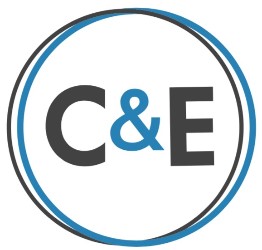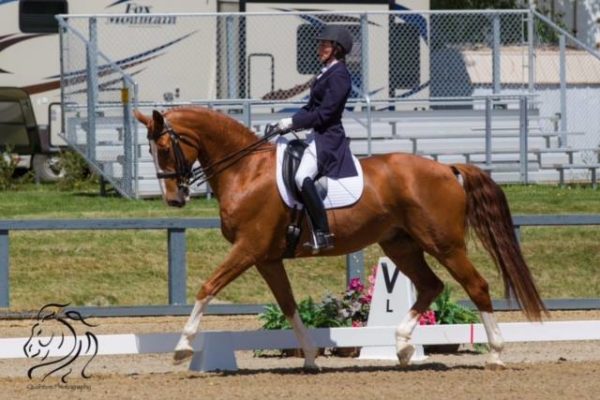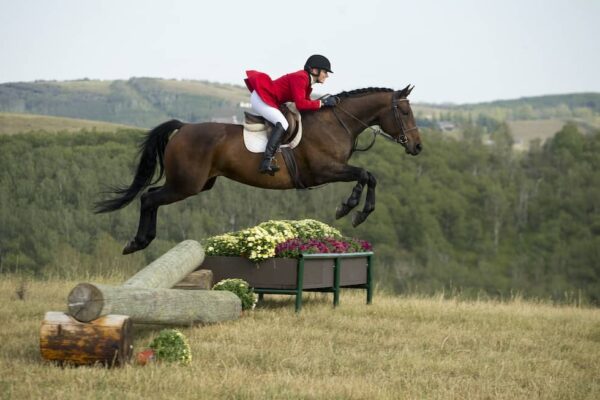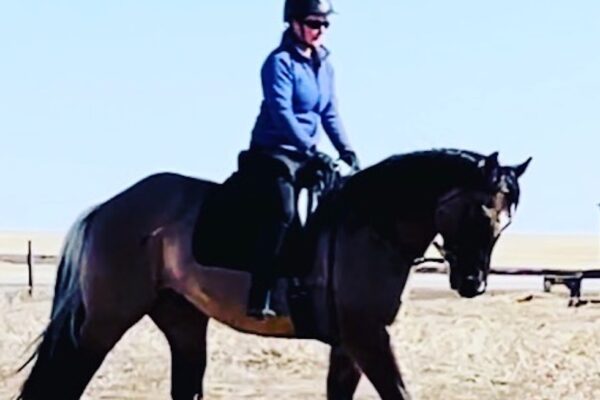
Equestrian Tool Kit
Upcoming Programs:
Aspects of riding Pilates can improve:
- Your riding position and posture
- Your alignment, and ultimately your horse’s too
- Your core stability and balance (less falls)
- Your flexibility (better sitting trot)
- The independence of your seat (no more hanging on the reins)
- How you use your body to reduce wear and tear and injuries
What the clinics will cover:
- The Riding-Pilates Connection — Awareness, balance and centering.
- Assessing the Rider off the horse — designed to teach riders how to feel better and notice their body. Individualizing a program to suit your exact needs.
- Common Riding Problems and their corrections
- Mat Exercises — Barn & Home Program
Aspects of riding groundwork can improve:
- Helps build respect, understanding, clear communication and trust with our horses.
- Builds a strong foundation to a great horse/human partnership.
- Helps us gain an eye for our horses body mechanics – seeing imbalances on the ground allows us understand and address what is happening under saddle.
- Develops the flexibility and suppleness needed for a healthy balanced horse.
- Understanding how we are in our own bodies has an effect on our horses and their way of going.
- Shows us whether our horses are ready mentally and physically to ride.
- Gives us the ability to problem solve safely and with confidence.
- A great way to warm up and prepare for a successful ride.
What the clinics will cover:
- Communicating clearly with individual parts of the horse
- Adept handling of tools
- Establishing respect and understanding between horse and human
- Introducing tools for problem solving
- Awareness of what we are bringing to our sessions
- Learning how to be an objective observer of our horse
- Take home a series of quick effective exercises that yield great results
ETK Program Details
The first clinic — Level One — is focused on awareness, your own body’s and your horse’s, to help you understand how your body interfaces with your horse’s. It will cover the releasing of tension patterns and restrictive movements, compensatory patterns, posture, energy, and what we need to deal with right now.
The concept of awareness is multi-faceted and part of an ongoing individual journey encompassing the physical, mental and emotional aspects of self. In this course, we will be focusing primarily on physical awareness.
Body awareness is about how conscious of and connected we are to our own body. Also known as kinesthesia, it’s the awareness of the position and movement of body parts in relation to muscles and joints. In short, it’s how our brain recognizes where our body is in space.
By increasing body awareness:
- -we get a better understanding of the body’s movement potential.
- -we analyze the available movement in the body by identifying holding patterns caused by dysfunctional movement in our body.
- -we develop a whole-body approach for strengthening and brain-imprinting exercises to reinforce the new way of moving.
Since the mind and body work together, when dissociation of the two happens occasionally through life events, emotional and other energetic factors, the disconnect can cause physical discomfort or dysfunction.
Observing our body in depth on a regular basis can not only change the dysfunctional patterning that produces pain cycles, but refine/enhance our movement and build new strength.
The relief and greater understanding that comes from improving our observation of the energy and functional movement of our own bodies also has a huge impact on what our horses can feel/sense from us.
You cannot communicate with your horse on a deeper level until you’ve first experienced and done the work on yourself.
‘Good horsemanship is working on yourself first’
-Amy Krazizky
Our bodies are an incredible tool of communication with our horses. The main focus of this clinic is learning to connect with your body and use it to effectively communicate with your horse, both on the ground and while riding. You will learn the ‘how to’s of communicating through your focus, energy, core, seat, legs and arms.
We begin day one by focusing upon our own bodies. You will learn about alignment, movement and targeted engagement of specific body parts. With this body awareness, you will have the tools necessary for the next stages of the course.
Day one continues with advancing your groundwork skills, using body engagement to more clearly communicate your intentions to the horse.
On day two, we build upon the body awareness and functionality lessons from the previous day. We then put the theory into practice while riding. Lessons on the lunge will provide the opportunity for riders to focus solely upon their own body communication cues. Riders will learn to isolate and engage their own specific body parts while in motion.
Day three adds the riding component on your own horse, finessing the theories with riding challenges to test your understanding and enjoy your new skills.
Equestrian Blog: Be the rider your horse needs you to be:
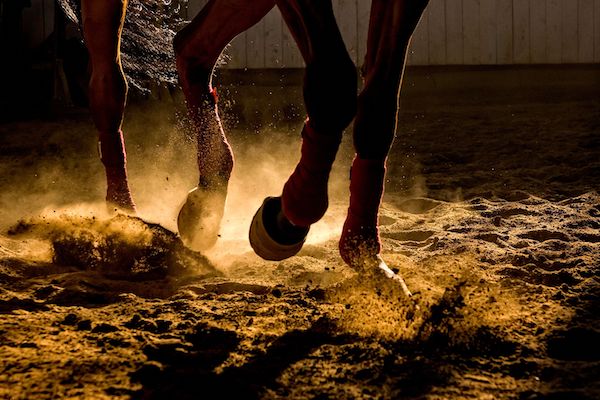
April 10, 2021
Marginal Gains
No matter how BIG your ambitions, start small Systems - Habits - Rewards Following a formula is different than applying...
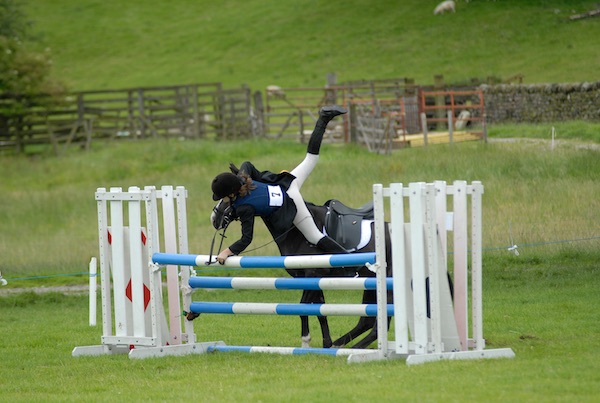
February 27, 2021
Sitting with Fear
Sitting with fear -- riding and horse training If you've ever had a horse-related accident or injury, you know that...
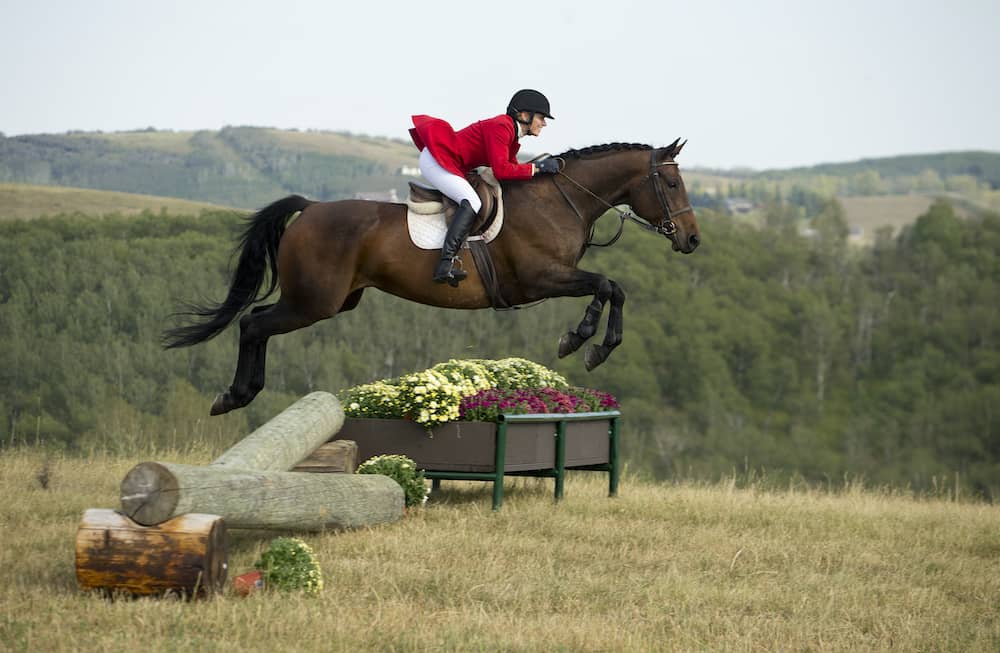
January 26, 2021
Equestrian Blog — Part 2
Be the rider your horse needs you to be Ninety percent of the time, training issues are physical issues of...
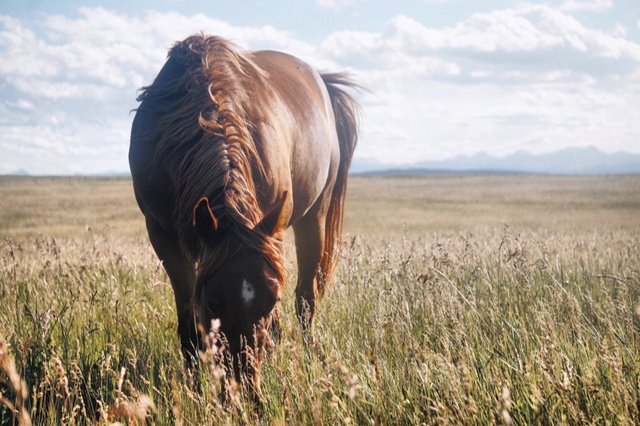
January 13, 2021
Equestrian Blog — Part 1
Be the rider your horse needs you to be Can you feel “IT”? That magical time when connection is established...
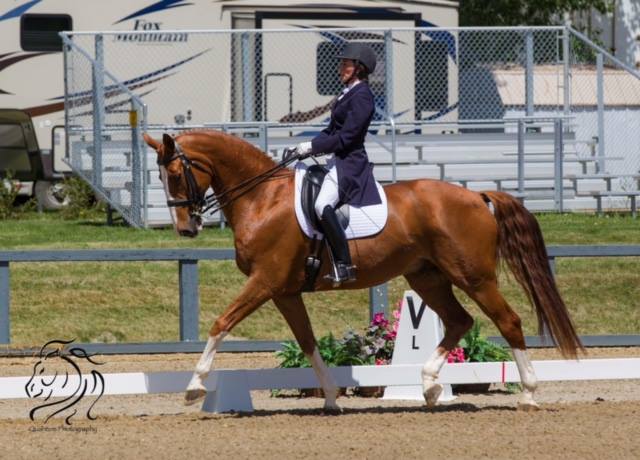
February 1, 2018
Pilates and the Equestrian
Article published in the High Country News: View Full PDF

November 21, 2017
To all the Equestrians out there …
We can often ignore the importance of control of our own body and concentrate on control of the horse only....
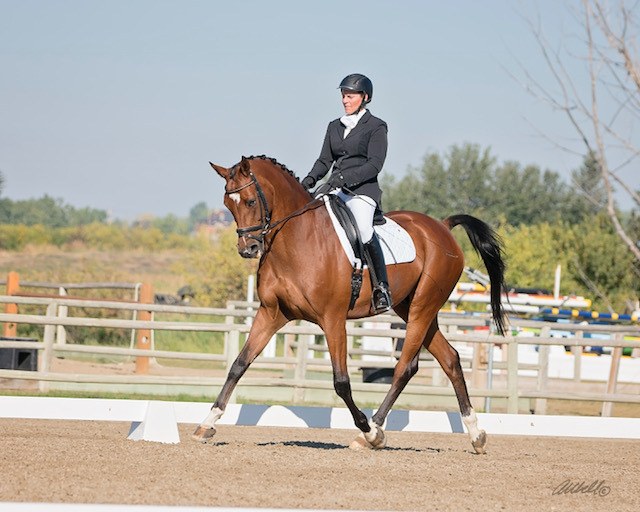
November 12, 2017
Calling all Equestrians!
Calling all Equestrians! Can your seat handle the spook? Today was a test for me to ride my equine friend...
What Equestrians have to say about the Equestrian Tool Kit:
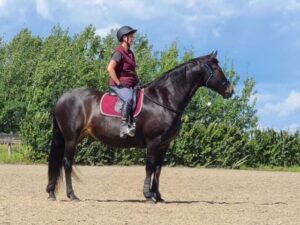
The clinic was truly amazing very well organized and awesome people around supporting each other. Amy is an amazing instructor and very easy to learn from her technique.
,

This course and ongoing Pilates has made and continues to make a huge difference in my own body and how I ride. I think the most important lesson has been in self and body awareness. As a relatively fit and active person I never really paid any attention to my body, expecting it to perform no matter how I supported it (or not) But the biggest mind blowing eye opener only came when I realized just how much my body, how every tiny movement affected another sentient being. I started riding late (in my 40s) and spent years relying on my legs and my hands for go, turn, bend and most importantly stop! To suddenly feel Your horse back up just by engaging your core, to effortlessly side pass to exactly the spot you want to go to just by engaging one panel/side - magic! Thank you Amy and Tracey!!
,
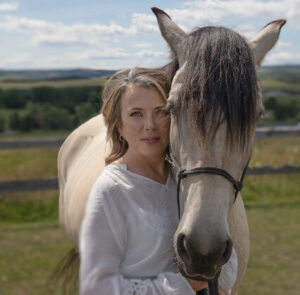
I have encountered these methods previously through my training with both Amy and Tracey but this clinic really helped to take my understanding to a new level. The improvements to my health, balance, skill and relationship with my horse are mind blowing. I feel that I owe it to my horse to be the best I can be and the ETK methods are a huge part of helping me get closer to achieving that goal.
,
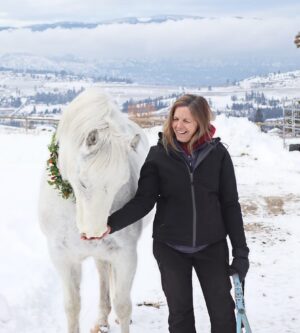
There was a moment or flash of awareness that came to me, opening and showing my body on a cellular level that I have the ability to hold the empowering lessons before me. ETK’s 3 days of level one has empowered me every day since.
, Masterson Method | Practitioner, Mentor, Instructor & Coach